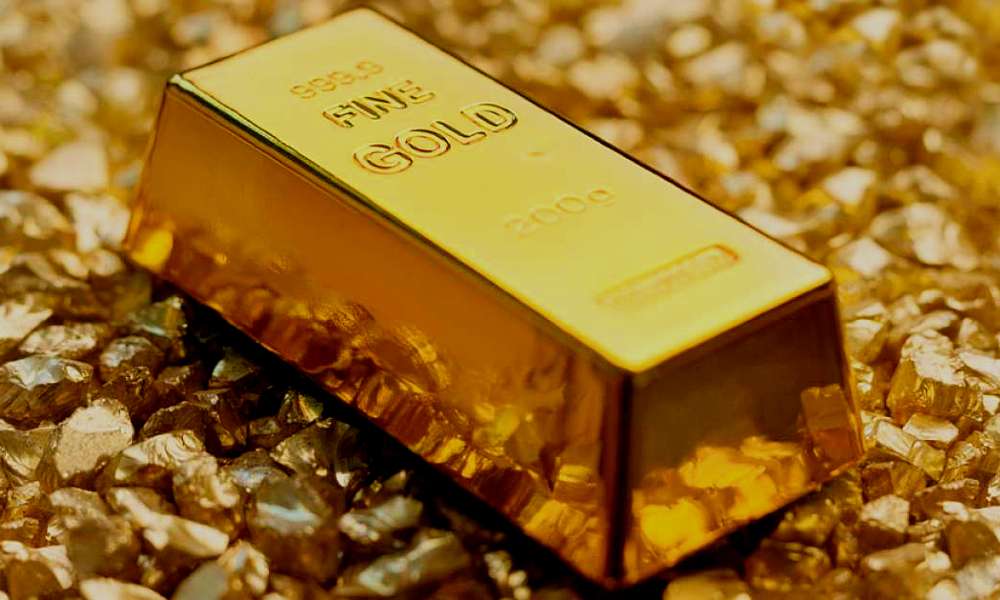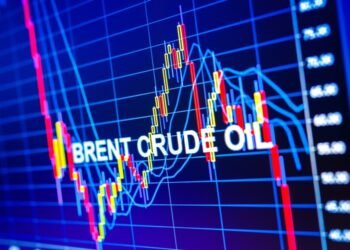Gold Fields, a major mining firm in Ghana, started off the year on a solid footing, emerging as the gold producer with the lowest cost in Q1 2022, among top mining companies operating in Ghana, according to a research conducted by the Vaultz Research Team.
The three gold mining companies were selected based on their huge portfolio of assets, and presence in other countries across the world, measured by total gold throughput for the March 2022 quarter. The Ranking used companies’ all-in sustaining costs (AISC) metric which is a globally accepted benchmark of a mine’s operating efficiency. These figures were compiled based on the companies’ Q1 2022 report.
Gold Fields, which operates the Tarkwa and Damang mines produced a total of 580,000 ounces of gold across all its mines, up 7% year-on-year compared to that of previous year’s quarter. The company’s all-in-sustaining cost (AISC) for Q2 2022 was $1,150 per ounce, up from $1,078 per ounce in Q1 2021, reflecting a 6.8% increase. This rise in cost is attributed to inflationary pressures due to the impact of the Russia-Ukraine war.
In the West Africa region, precisely Ghana, total gold output slumped by 3% to 210,000 ounces (including 45% of Asanko) in Q1 2022, primarily due to lower yields and throughput at both Tarkwa and Damag mines.
Specifically, production at its Tarkwa mine decreased marginally to 128,500oz at end-Q1 2022 whereas production at Damang mine came in at 62,000 ounces. Gold production at the Joint Venture (JV) with Galiano Gold, the Asanko Gold mine, saw a production decrease by 16 per cent to 42,300oz (100% basis) and accrued 19,035oz (45% basis) to Gold Fields.

In the South Africa region, where Gold Fields is headquartered, gold production increased by 2% to 78,000oz in Q2 2022 from 76,800oz in Q12021 in its South Deep mine. The increased gold production was due to “the release of GIP in the quarter”. Total all-in-sustaining cost came in at US$1,373/oz in Q1 2022 with inflationary effect and higher capital cost offset with improved gold production and sales.
In the South America region, precisely, Peru, the company’s gold production decreased by 30% to 56,100oz in Q1 2022 from 79,600oz in Q4 2021 due to lower gold and copper grades as well as lower gold and copper recoveries.
For its operations in Australia, gold production decreased marginally to 93,900 ounces in Q1 2022 from 110,500 ounces in Q4 2021 due to lower underground ore tonnes mined and processed. All-in-sustaining cost was US$1,213/oz in Q2 2022 from US$978/oz in Q4 2021 due to higher capital expenditure and increased cost of ore drawn from stockpiles, the company’s report highlighted.
Chris Griffith, CEO and President of Gold Fields said:
“Q1 2022 was another challenging start to a year from a macro viewpoint. As we finally seemed to have overcome the worst of COVID-19 around the world, the invasion of Ukraine by Russia has had a material impact. Despite the devastation caused by any form of war, the world is being plagued with heightened inflation, driven by high oil and gas prices and more broadly, higher commodity prices.”
CEO, Gold Fields
Newmont’s Production & Cost Performance
Newmont Corp. followed in the second position with an AISC of $1,156 per ounce of gold in Q2 2022, only $6 per ounce of gold more than Gold Fields Corporation. The company’s Q1 2022 AISC was an 11.3% increase from that of the previous year’s quarter ($1,039/oz). The Group recorded an 8 per cent decline in gold output for Q1 2022 to 1.344 million ounces of gold from the prior year.
In some of its mines, such as the Ahafo and Akyem project in Ghana, Newmont recorded AISC of $1,925 per ounce of gold, reflecting a breakdown of $1,000 per ounce of gold for the Ahafo project and $925 per ounce of gold for the Akyem project.
Tom Palmer, Newmont President and Chief Executive Officer, said:
“Newmont delivered a solid first quarter performance with $1.4 billion in adjusted EBITDA as we safely managed through the Omicron surge. The strength of our proven operating model and global portfolio in the world’s best mining jurisdictions is the foundation of Newmont’s clear and consistent strategy to create value and improve lives through sustainable and responsible mining.”
Tom Palmer

AngloGold Production and Cost Performance
AngloGold Ashanti had the highest cost, ranking third with an AISC of $1,405 per ounce of gold in Q2 2022, up from $1,287 per ounce of gold in Q1 2021, representing a marginal rise in cost of 9%. The company attributed this cost to planned higher sustaining capital expenditure and increased total cash costs.
Gold output at end-Q1 2022 was 588,000 ounces of gold, unchanged from that of the previous year’s quarter, with strong contributions from Sunrise Dam, Cerro Vanguardia, and Tropicana— which all pertain to AngloGold’s Australian operations. These improvements offset lower production from Kibali, Geita and also Obuasi, which resumed its underground production ramp up in January 2022.
In Ghana, its Iduapriem mine produced 51,000 ounces of gold at the end-Q1 2022 whereas the Obuasi mine produced 38,000 ounces of gold for the quarter end-Q1 2022, compared to 46,000 ounces of gold. In Guinea, production at Siguiri came in at 68,000oz compared to 58,000oz in the previous year’s quarter.
Chief Executive Officer Alberto Calderon, said:
“We’re starting to achieve our main catalysts. There’s still a long way to go, but we’re starting to see an improving operational performance across the portfolio, underpinned by a more focused operating culture and a better grade profile.”
Alberto Calderon
Kinross, which until recently, was among the top gold miners in Ghana, sold its Chirano mines to Asante Gold for $225 million in cash and shares; comprising a $115 million in cash and $50 million in common shares of Asante. Kinross is entitled to receive a total deferred payment of US$60 million in cash, with 50% payable on the first anniversary of closing and balance payable on the second anniversary of closing. The company has since seen its shares plummet by more than 6% as of today, May 10, 2022.
Overall, gold miners faced higher costs as well as supply chain disruptions in the quarter, owing to the persistent geopolitical tensions. Should the war continue, throughout the ensuing quarters, this phenomenon of higher costs may remain.
READ ALSO: Transport Fares Increment: I Think the GPRTU Erred- GRTCC





















